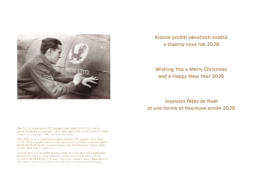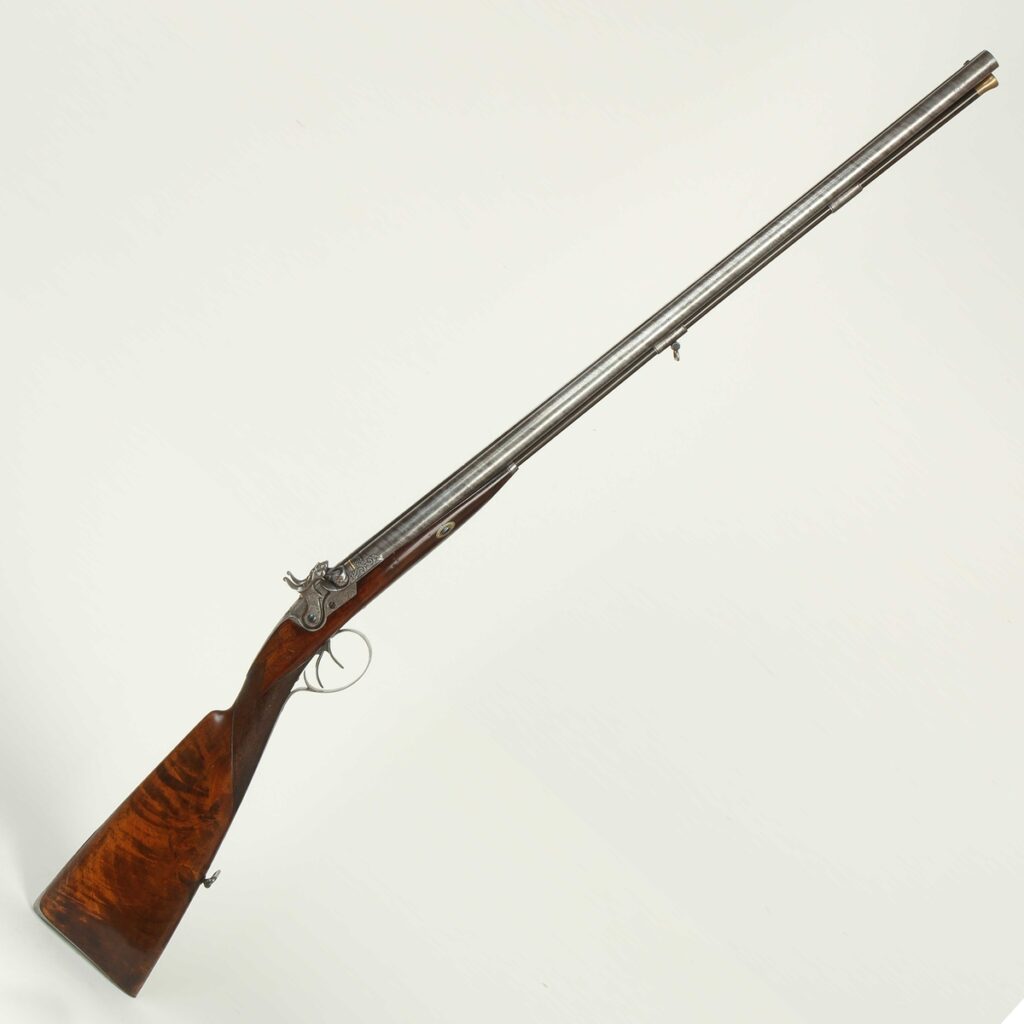
07 Double-Barreled Percussion Gun, c. 1840
Fotogalerie
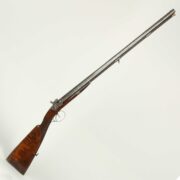
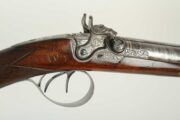

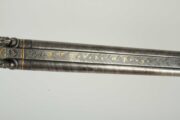
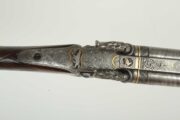
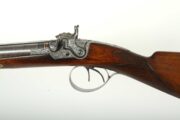

This gun with a new type of percussion lock, referred to as the box lock, comes from the workshop of the most famous Czech gunsmith of the 19th century, Antonín Vincenc Lebeda, (1798–1857). Lebeda was granted a five-year privilege for this design in 1829; in fact, it was the first patent granted in Bohemia in the field of gunsmithing. He constructed it during his long stay in hospital after he was seriously injured in a carriage accident in 1827.
While conventional hunting doubles had a separate lock for each barrel, which was stored in the stock separately – one on the right and one on the left side, Lebeda’s box lock considerably simplified the original mechanism. Although it also has a dual mechanism, the entire lock is a single component, recessed into the stock behind the barrels from the top, not the side. This design was intended to help protect the mechanism more effectively against damage and other adverse influences, and to make it easier to assemble and disassemble the weapon. V. A. Lebeda improved his box lock in 1830 and on 28 January 1831, he was granted a new patent (privilege) for five years. Lebeda’s box lock was mainly used for hunting rifles, but to a lesser extent also in single-barrelled rifles and pistols.
Lebeda’s box-lock guns gained popularity at home and had a certain resonance abroad as well. After the end of the five-year privilege, other gunmakers from Bohemia, such as Matyas Novotny from Litoměřice, František Novák from Prague, and Franz Passler from Chomutov, also produced guns with this type of lock.
Length 1,173 mm, barrel length 758 mm, calibre 17 mm, weight 3,328 g.
Aktuálně
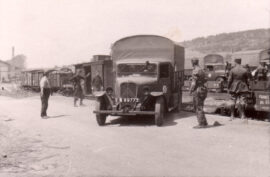
Oceňovaní spojenci - Pozemní útvary československé branné moci v bitvě o Francii očima francouzského velení

Vánoce a přelom roku v zahraniční misi na Slovensku v roce 2022

Prosinec 1944 – oficiální vydání prvních poštovních známek osvobozeného Československa


